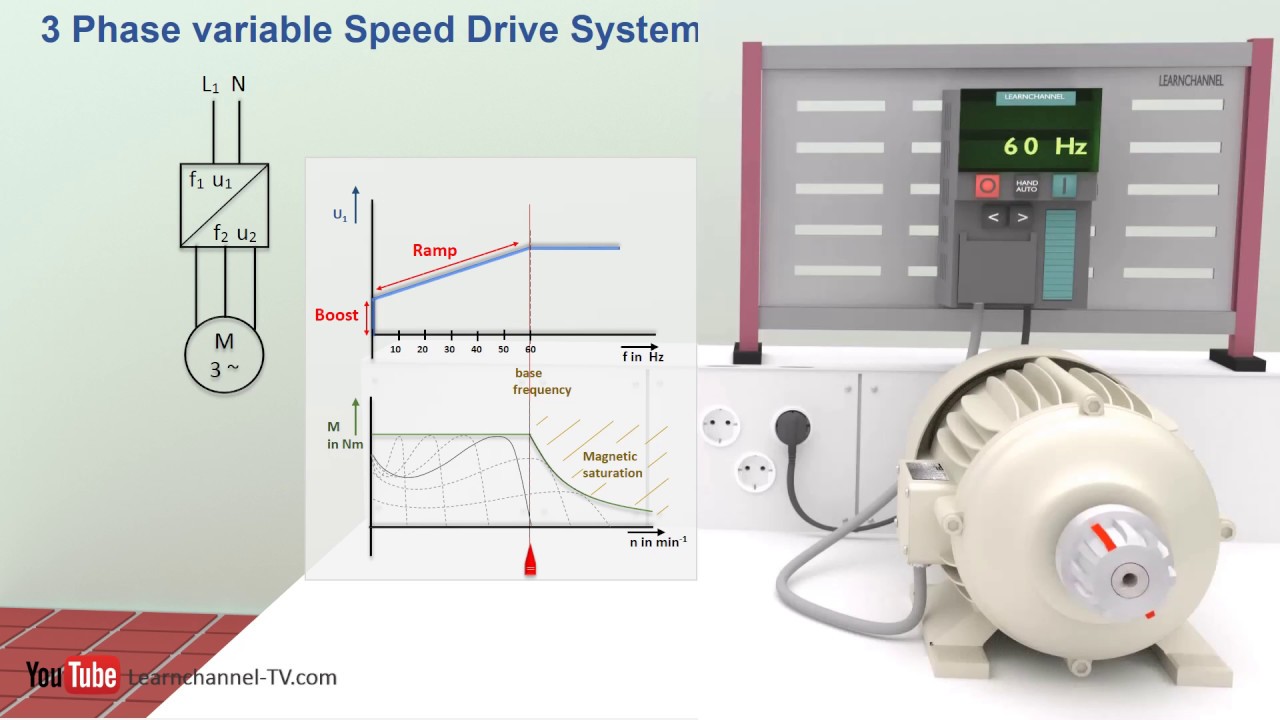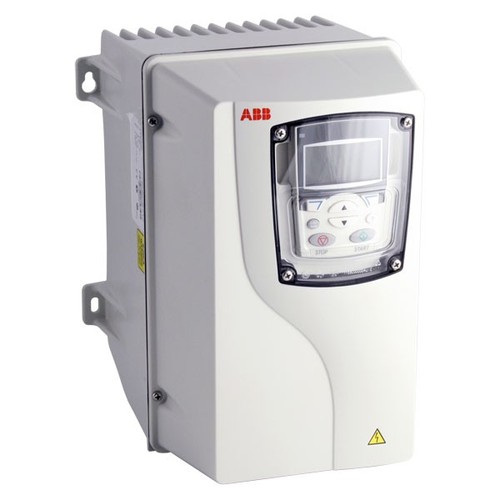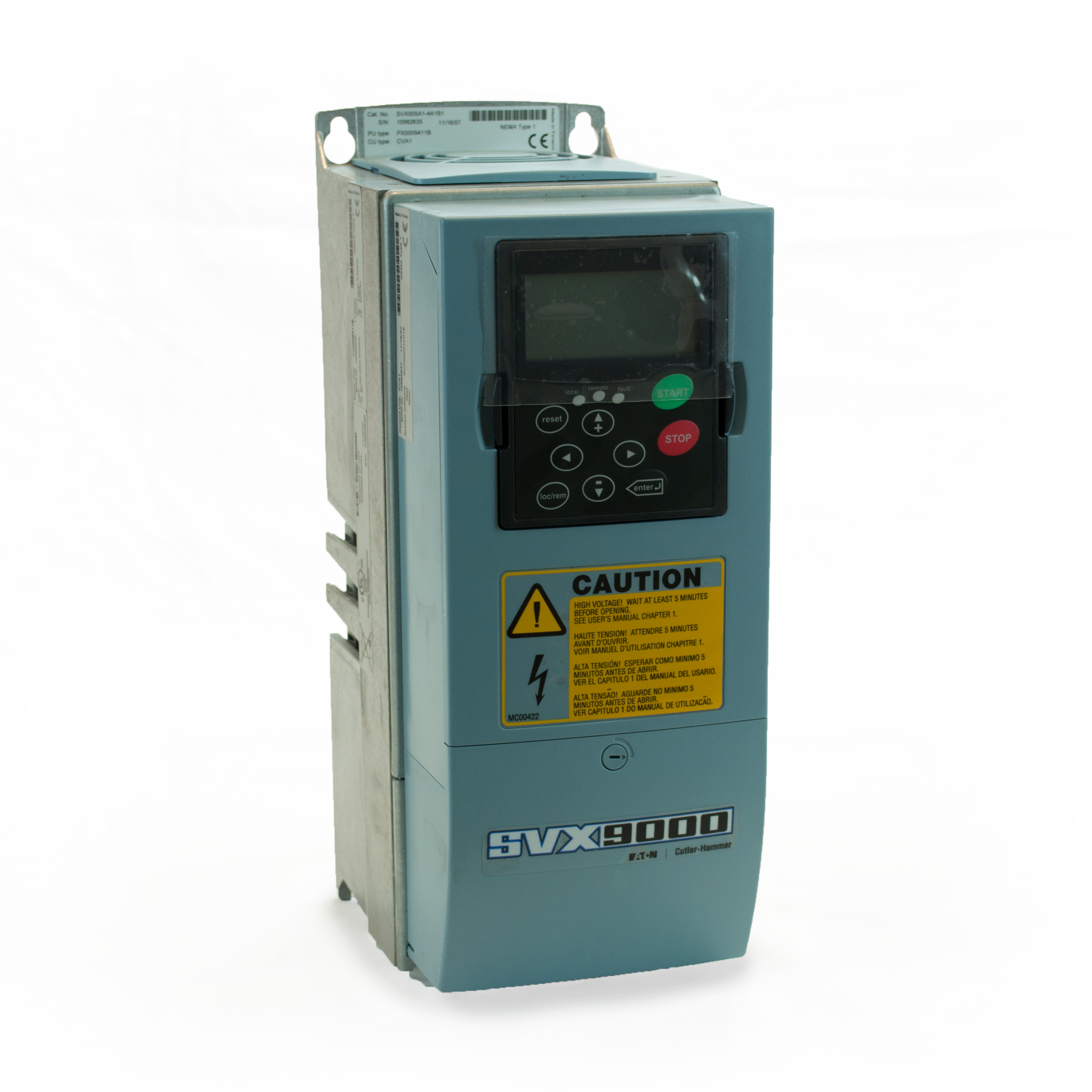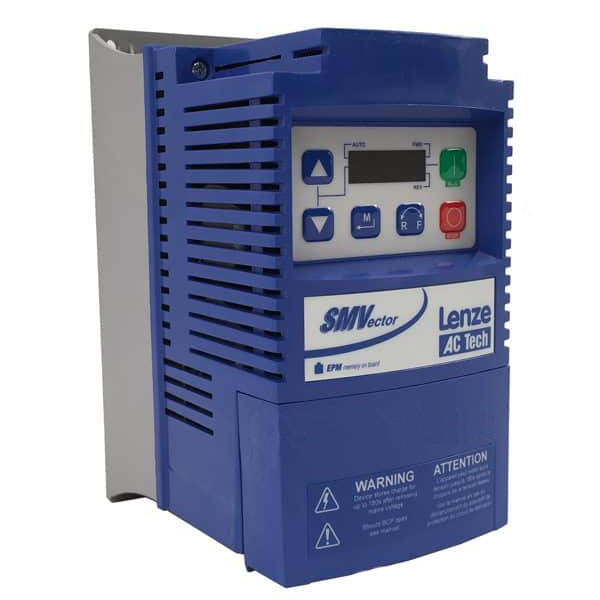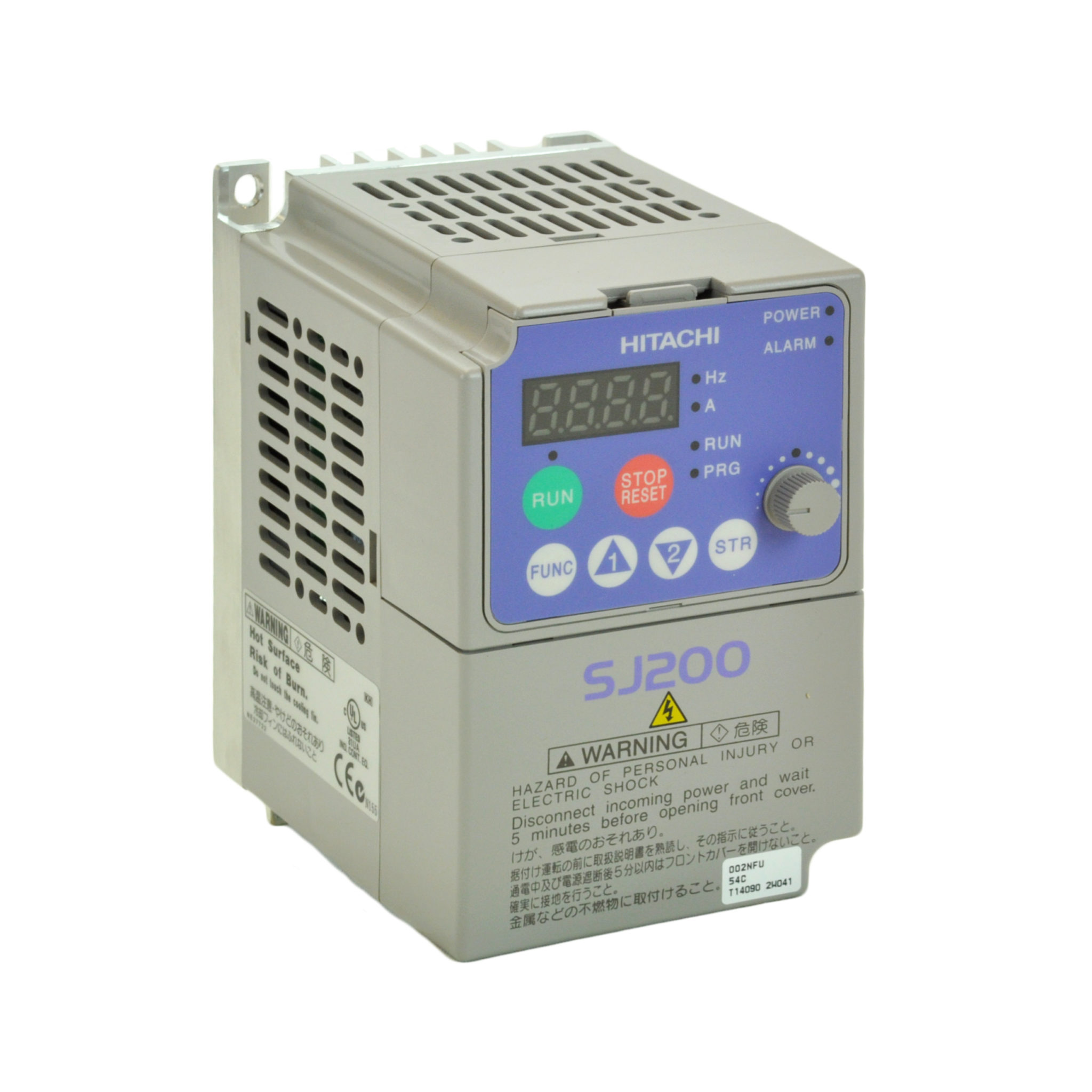Variable Frequency Drive: Motors love them !
If you are working in industries particularly in the manufacturing the term VFDs will be very familiar to you. Especially in the 21st century almost all the factories and manufacturing units operate their motors using VFDs. So the term VFD stands for ‘Variable Frequency Drive’ as the same suggest that it plays with the frequency and voltage of the power system in order to control the speed of a motor.
VFDs are also knows as variable speed drive, AC drive, adjustable speed drive and adjustable frequency drive. Since frequency is directly related to the speed of the motor (RPMs) as the frequency increases so does the speed of the motor. In case if the motor is not required to run at full speed the VFD can ramp down the frequency and voltage to meet the requirements of the electrical load.
How do you control frequency in VFD?
Most of the VFD nowadays consist of 3 important stages: rectifier, DC bus and converter. The inverter changes the incoming 3 phase supply to DC through a bridge rectifier this waveform still contains AC ripples (see below waveform) and are removed by connecting a capacitor in parallel also called a DC bus which gives a smooth DC output. This DC power is then switched accordingly with the help of IGBTs to get the desired voltage waveform at the required frequency. By switching ON and OFF we can make any phase on the motor to become positive or negative thus generating any frequency that we want. The voltage is varied by using a technique called ‘Pulse Width Modulation or PWM’. For example, if the incoming voltage is ON half the time and OFF half the time then thus the average output voltage is half of 480V (incoming voltage) or simply 240V. By playing with the PWM of the output, we can achieve any average voltage on the output of the VFD.
Variable Frequency Drive Circuit
Now let’s try to understand the schematic diagram of the VFD. As mentioned earlier the most basic design includes a rectifier, DC bus and converter. Below is the Variable Frequency Drive circuit:
Variable Frequency Drive Tutorial
Now we shall focus our attention to some of the application of VFDs in industrial environment. We will particularly focus our attention to 2 applications: variable frequency drive for 3 phase motor and variable frequency drive pump.
Variable Frequency Drive for 3 Phase Motor
According to some estimates motors account for about 64% of total load in any given industry which is quite a lot. Therefore, installing VFDs especially for bigger size motors is quite essential for reduced energy consumption and overall savings in energy cost.
VFDs not only helps in controlling the speed of the motor but they also have soft starters in build therefore avoiding the high inrush current and also providing high torque by slowly increasing the voltage and frequency.
Variable Frequency Drive Pump
VFDs are used widely in pumping application for adjusting flow or pressure as per the demand by controlling the frequency of the electrical power applied to the pump. The pump adjusts its revolutions to a given set point via a regulating loop. Adjusting the flow or pressure to the actual demand reduces power consumption. They are also used in compressors, machine tool drives, ventilation systems for large buildings etc. etc. By using a variable frequency motors on fans save energy by allowing the volume of air to match the demand.
Variable Frequency Drive Manufacturers: ABB, Eaton, Lenze, and Hitachi
In this section we will highlight some of the key players in the VFDs and are widely recognized and accepted in the industrial applications. We will also highlight in which field they most widely used.
So read on.
Variable Frequency Drive Manufacturer: ABB
One of the leading company in VFDs, ABB low voltage drives are used globally and are designed mainly for textile, material handling, mining, cement, rubber and plastics, food and beverage, consumer goods, automotive, oil and gas, pulp and paper, water filtration, and waste water treatment applications.
Their drives are some of the best and are easy on pocket as well. The drives are designed such that is simplifies the total installation process which results in savings in cabling, maintenance cost, reduced line currents etc.
Variable Frequency Drive Manufacturer: Eaton
VFDs manufactured by Eaton are used in simple to complex applications. Their SVX9000 drives are particularly very famous in sullair air compressor applications throughout the United States. They are also widely used in oil refineries, marine vessel, power distribution and alternative energy applications.
Variable Frequency Drive Manufacturer: Lenze
Variable Frequency Drive Manufacturer: Hitachi
Frequently Asked Questions – FAQs
- What is the function of variable frequency drive?
Ans. It used for changing the speed of AC motor and also for soft starting the motors.
- What is a variable frequency drive HVAC?
Ans. VFDs used in HVAC applications are called as HVAC VFDs. They give an impressive energy savings varying from 35 to 50 percent over conventional constant speed applications, resulting in a return on investment of six months to two years.
- Can VFD increase frequency?
Ans. Yes, they can but most of them are limited to 100Hz because of design parameters.
- What is the difference between a VSD and a VFD?
Ans. VFD refers to AC drives only and a variable speed drive (VSD) refers to either AC Drives or DC Drives. VFDs vary the speed of an AC motor by varying the frequency to the motor. VSDs referring to DC motors vary the speed by varying the voltage to the motor.

